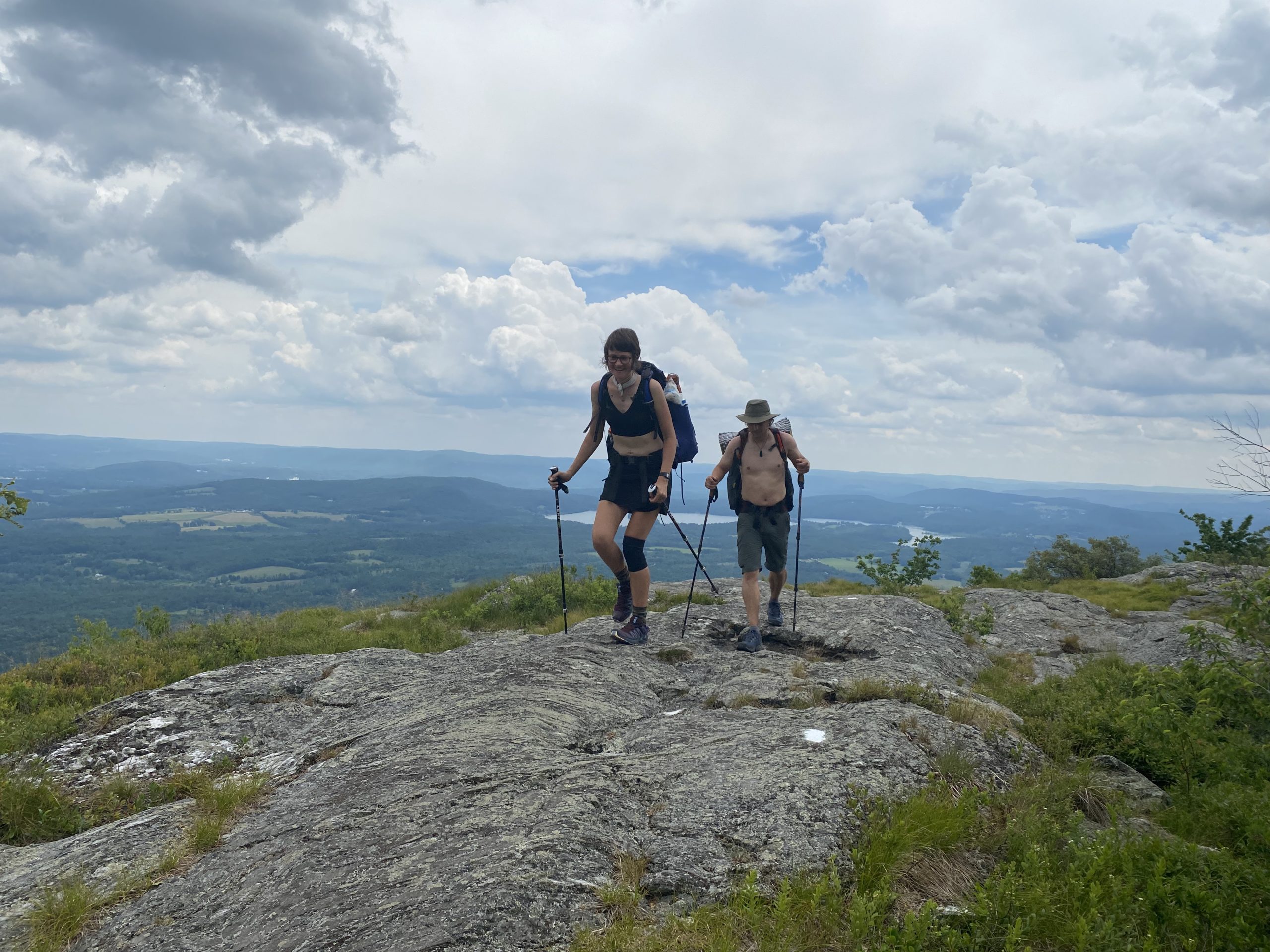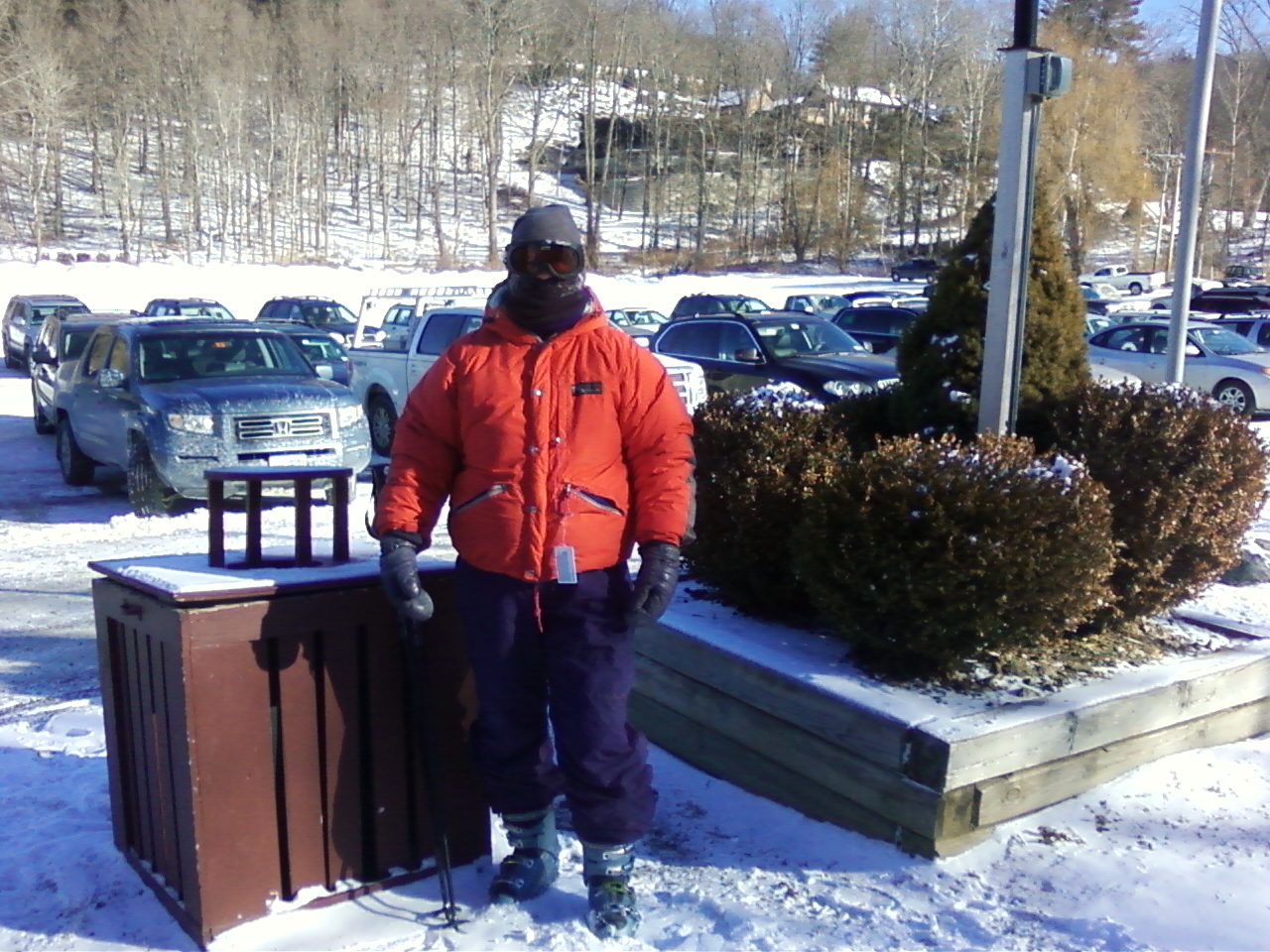When things go wrong in the mountains, who survives? Who gets through a surprise blizzard, being trapped in a snow cave during a for three days, or stuck on a high ridge with an injury? The answer may be as simple as having a few essential pieces of outdoor equipment.
At least that’s the conclusion the Mountaineers came to. In the 1930s, this Seattle-based hiking, climbing, and conservation organization started evaluating mountaineering accidents and the role of gear in survival. They looked at what equipment equipment people had with them, and who survived with what, and the result was a list of ten essentials — items of emergency outdoor equipment — that no climber should be without.
Climbing is a bit different than hiking, and new technology has added some elements to the list. Over the years, different authors have combined the elements differently, so when people talk about the “10 Essentials” they may not actually be talking about the exact same items. I’ve collected as many of these lists as I’ve been able to find and pulled them all together into a sort of “uber-10-Essentials,” list, which includes all of the Mountaineers’ original ten items, plus a few more, like cell phones and GPS, that reflect recent developments in technology.
Essential Hiking Gear and Clothing to Carry in a Backpack or Daypack
- Navigation equipment. GPS’s are great, but batteries can wear out and electronic equipment can be damaged in a storm or during a fall, so a compass is a necessary backup. A map is also essential. While a GPS can tell you where you are, a map is better for planning your route, giving you information about elevation, obstacle, water sources, campsites, and emergency exit routes.
- Clothing, including rain gear. A hot day won’t necessarily stay hot, and a dry day won’t necessarily stay dry. Above treeline, conditions can change rapidly, even in summer, and in many mountain ranges, it can snow. Extra clothes are essential, including waterproof outerwear. Don’t bring cotton: it doesn’t retain warmth when wet, and doesn’t wick moisture away from your skin. In cold weather or very high mountains, when snow if a possibility and hypothermia is a potential issue, having extra clothes, including a hat and gloves, is especially important. For day-hikers (who don’t carry tarps and tents with them), some experts suggest bringing a tarpaulin, a plastic sheet, or even garbage bags, to use as a make-shift shelter.
- First aid kit. Start with a prepackaged first aid kit, available from outdoor stores, and modify it to meet your needs, including any medication. A first aid class is a good idea; a wilderness first aid class is a better one. Or bring a small first aid manual that fit easily into a pack.
- Multi-purpose tool. Multi-purpose army knives can help with a variety of tasks, including cutting bandages, removing splinters, opening cans and bottles, and fixing broken gear. A mini-tool is practical and lightweight. A partial roll of duct tape is handy, too. (You can roll a couple of yards of duct tape around a pen.)
- Flashlight. A flashlight with fresh bulbs and batteries will help if you’re unexpectedly stranded in the dark. A mini with several LED lights is a good choice: lightweight and long-lasting.
- Sun screen and sun glasses. In snow, above treeline, and in deserts, these are essential.
- Cell phone. Cell phones don’t always work in deep wildernesses, but they work in many areas, and are always worth taking. Have the emergency number to call on hand. Leave an itinerary at home with fiends and relatives, just in case the cell phone doesn’t work or gets damaged. Some professional guides take satellite phone into very remote areas.
Essential Food, Water, and Related Accessories for Backcountry Survival
- Water and a way to purify it. Adequate hydration is probably the most important thing hikers can do stay healthy, especially at high altitudes, in hot weather –- and, surprisingly, in cold weather. Without enough water, human bodies are more susceptible to environmental afflictions such as hypothermia and altitude sickness. Carrying purification tablets, water filters, or purifiers means that hikers don’t have to worry about whether the water is safe to drink.
- Food. Hiking takes a lot of energy, and sometimes more time than expected. A detour, a wrong turn, an injury, inclement weather, or trail damage can turn a short hike into a long one. Bring extra snacks such as granola bars, nuts and raisins, dried fruit, or energy bars.
- Firestarter and matches. Fires can help prepare food and hot water, and can also fend off hypothermia and signal for help. Bring waterproof matches and firestarter (either commercial fire ribbon, or collected bits and pieces of pine needles, birch bark, paper, lint from pockets).
By carrying these items and applying common sense, hikers and other outdoorspeople can stay out of trouble, even when conditions turn inclement.

